Arabica and Robusta are the two major coffee genera with the greatest commercial value, and they each have their own advantages and disadvantages. For example, the flavor of the Arabica variety is good, but the disease resistance of most of them is relatively weak; while the disease resistance of Robusta is strong, but the vast majority of the flavors are not good.
Before the 20th century, the world’s coffee planting mainly focused on Arabica. But since the end of the 19th century, coffee berry disease and leaf rust have broken out one after another. The weakly disease-resistant Arabicas have all fallen down, and many coffee-producing countries have therefore been greatly affected. So people began to study coffee varieties with disease resistance. And Catimor is a new product that emerged in this era of rampant diseases.
Catimor
In 1957, the Leaf Rust Research Center (CIFC) in Portugal conducted more than ten years of hybrid variety research and breeding. Finally, they selected three varieties (Tim) with extremely strong disease resistance and relatively high yield and distributed them to various countries for variety improvement. The codes are CIFC832/1, CIFC832/2, and CIFC1343. And among them, CIFC832/1 was hybridized with Caturra, and the main character in this article, Catimor, was bred!
“Catimor”, as mentioned above, it is a variety born from the hybridization of Caturra (a variant of Bourbon under the Arabica) and Tim (a hybrid of Robusta and Arabica), so the Catimor with three-quarters of the Arabica bloodline is naturally classified as the Arabica variety.
It can be said that the seed appearance of Catimor perfectly inherits the respective characteristics of the father and mother. The Caturra seed is round and slender, while Tim is thick and large. The Catimor it gives birth to is long, thick and large, and the two ends are slightly raised.
Not only that, Catimor also inherited some of the advantages of the two genera, with not bad flavor and strong disease resistance. Therefore, under the push of various diseases, Catimor has been widely spread.
Characteristics of Catimor plants
The tender shoots on the top of the Catimor plant are emerald green, and the leaf color of the whole coffee tree is dark green! The nodes are short, the branches are numerous, the adaptability is wide, the drought resistance is strong, and it also has a certain cold resistance.
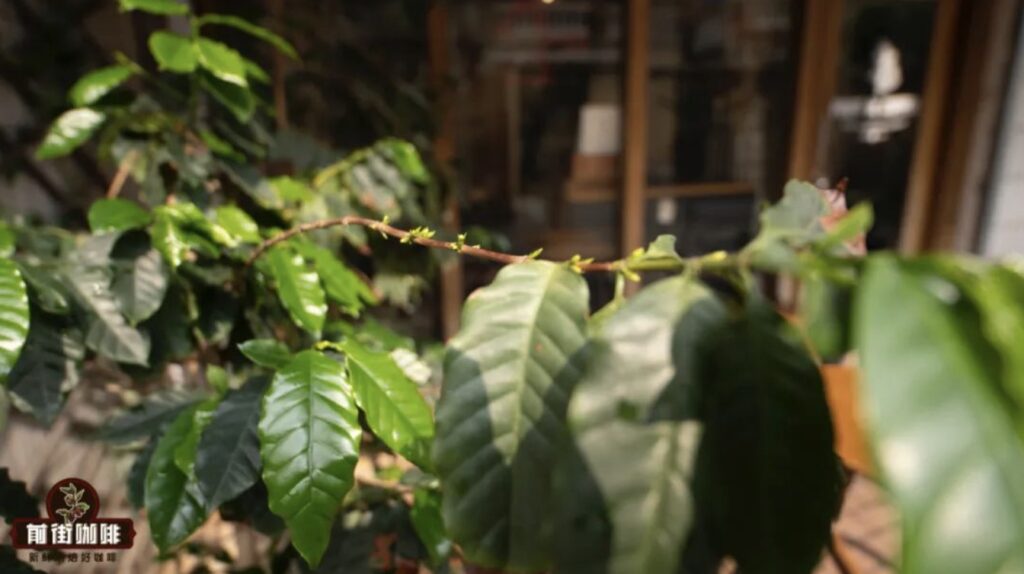
It will be a little shorter than other traditional Arabica plants, but its growth ability is very vigorous. Because the gap between the branch nodes is short, it can hatch more coffee fruits.
In addition, the small size is also a major advantage! Because it reduces the occupied space, in the same environment, it can plant more coffee trees. So the two characteristics of high yield and small size allow it to have a much higher yield than the conventional Arabica variety.
Flavor performance of Catimor
Because of the existence of the Robusta gene, Catimor is able to obtain higher disease resistance and breeding ability. But at the same time, this gene has also had a negative impact on the flavor of Catimor.
Although the Arabica bloodline has brought good flavor performance to Catimor, the gene of Robusta provides an undesirable aftertaste: it will have a more obvious earthy taste. There is also one point, the ripening time of Catimor is shorter than that of traditional Arabica varieties, and it cannot accumulate nutrients for a long time. So, at an altitude exceeding 1,200 meters, the flavor performance of Catimor at the same height will be weaker than that of traditional Arabica varieties.
Secondly, the high yield will also have a certain hindrance to the formation of the flavor. High yield will lead to the dispersion of nutrients. Just like the same cake, cut into eight pieces and cut into four pieces, the eight pieces will be more than the four pieces, but the size of the four pieces will be larger. So when all kinds of factors are stacked, while diluting the excellent flavor, it magnifies the undesirable aftertaste of Catimor, and ultimately creates what Mr. Han Huaizong wrote in the book: “The devil’s aftertaste” (the aftertaste is more miscellaneous, with an earthy smell).
However, although the flavor will be weaker than other varieties, Catimor still has a great demand. As mentioned at the beginning, many producing areas have been able to continue the coffee industry because of Catimor, so it is usually regarded as a part of Arabica from a fund perspective. And these producing areas that mainly grow Catimor are also constantly improving by constantly blending Catimor with Arabica varieties, and treating it with more sophisticated planting and processing methods to improve its flavor performance and weaken the devil’s aftertaste. So, Front Street believes that one day, Catimor will shock our taste buds with excellent flavor performance, even though the waiting time is not too short.




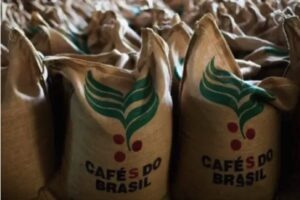

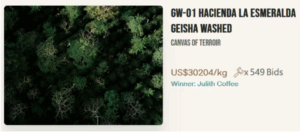
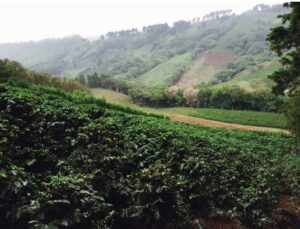


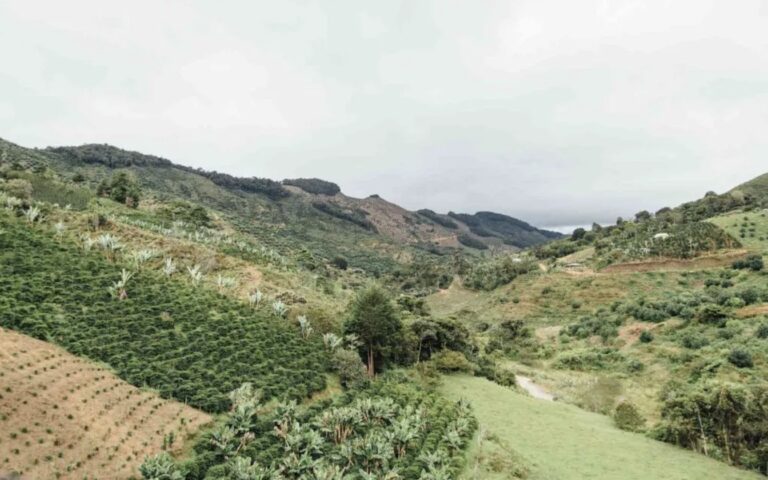

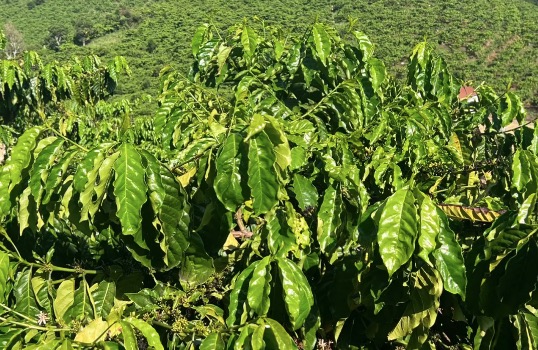



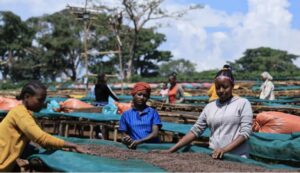
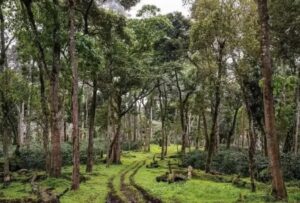

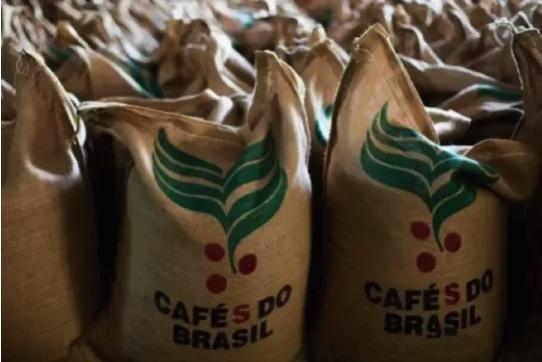

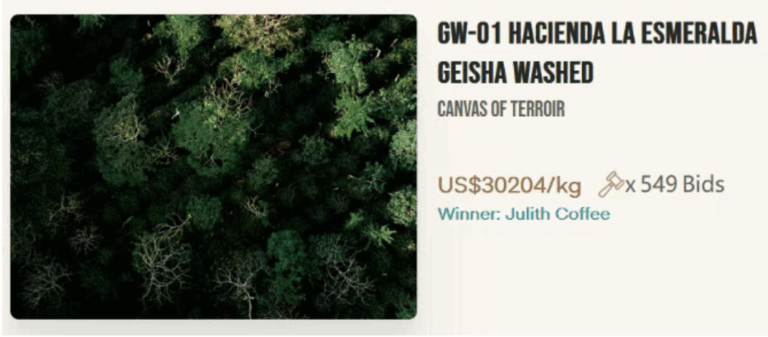
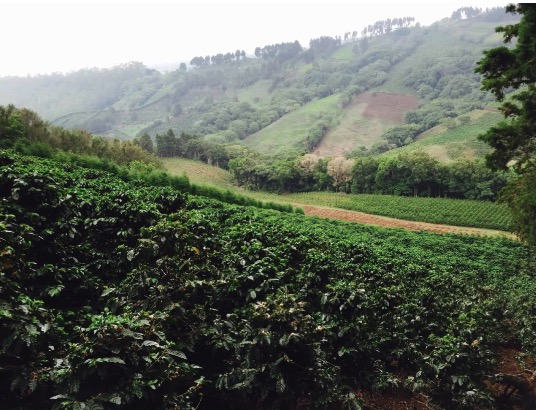
+ There are no comments
Add yours